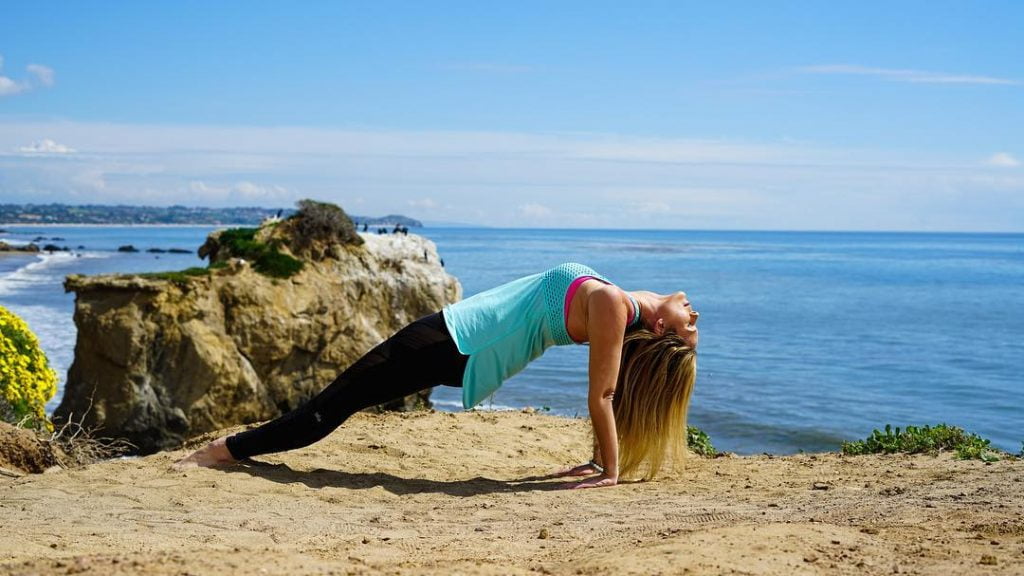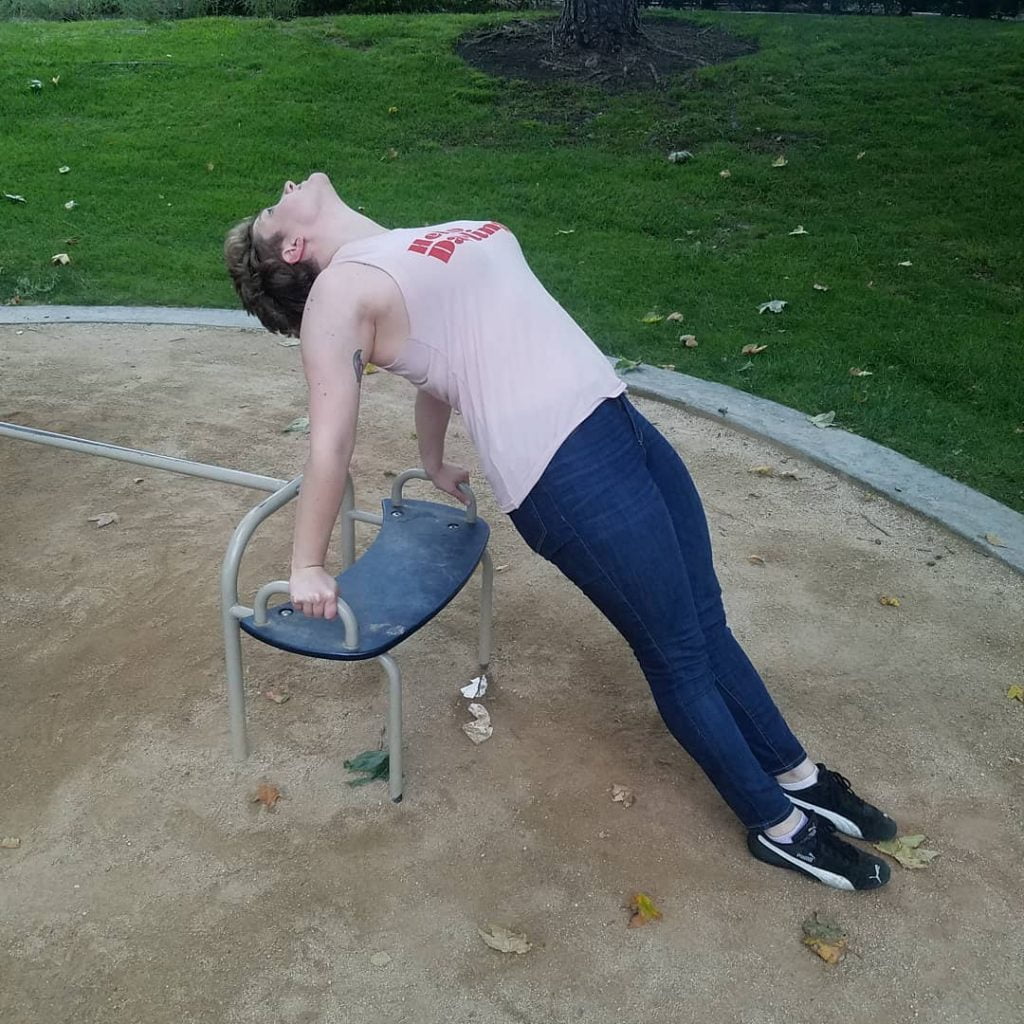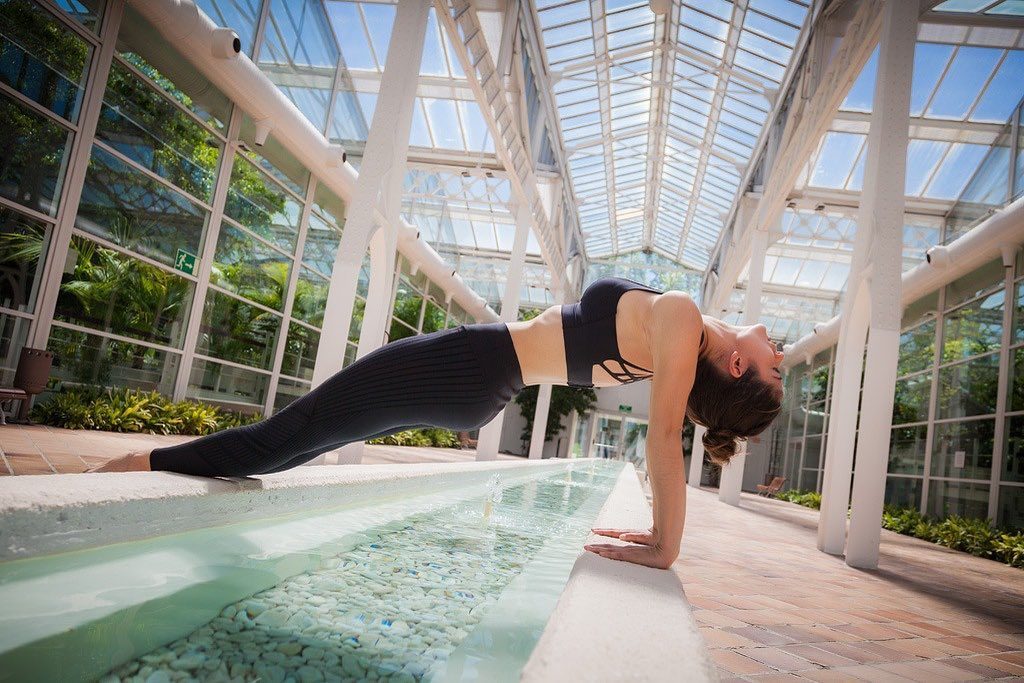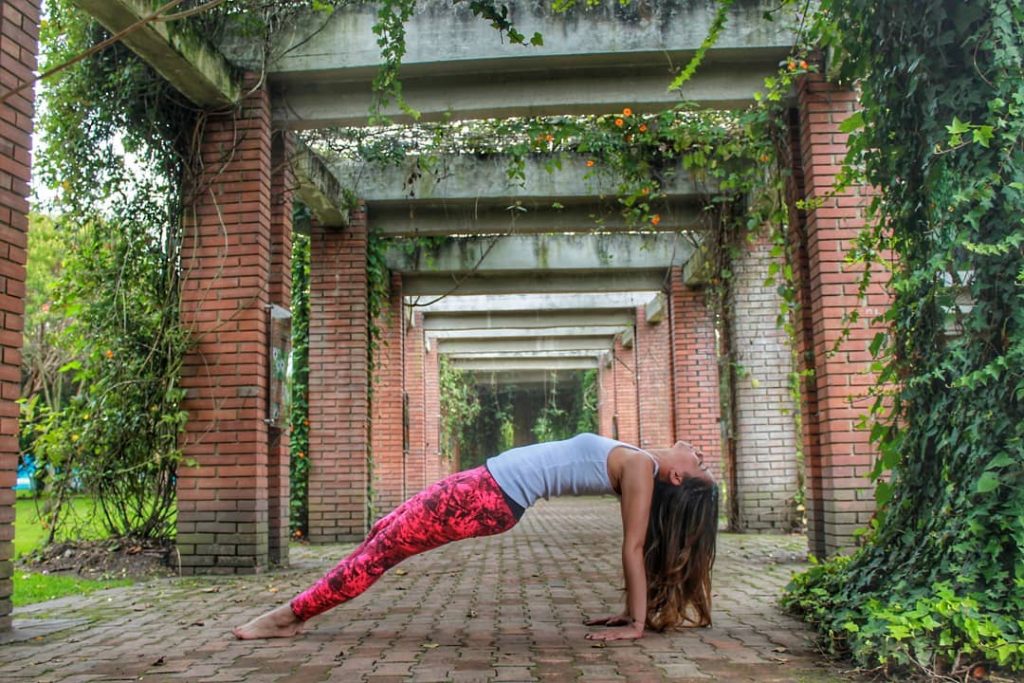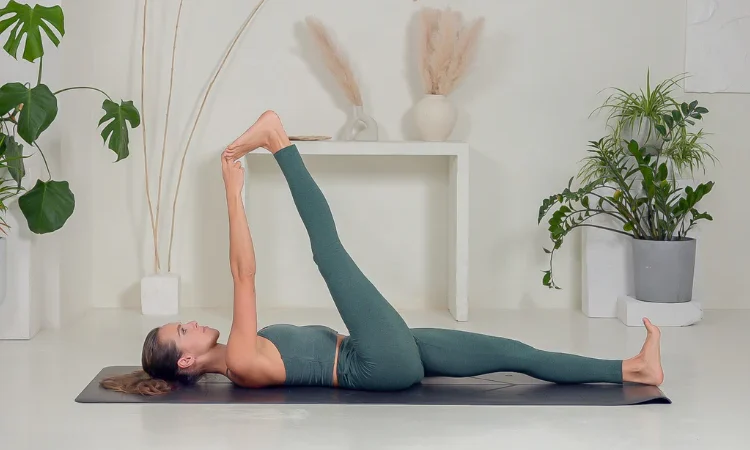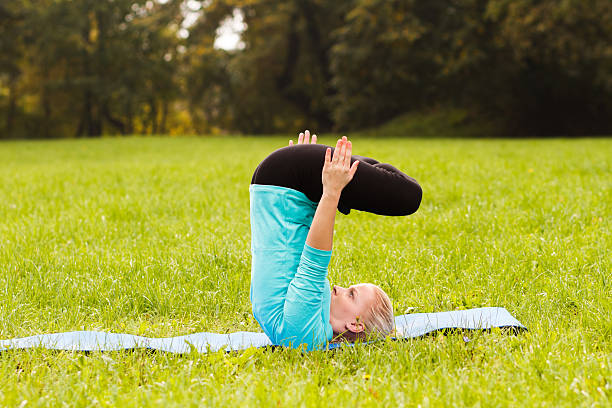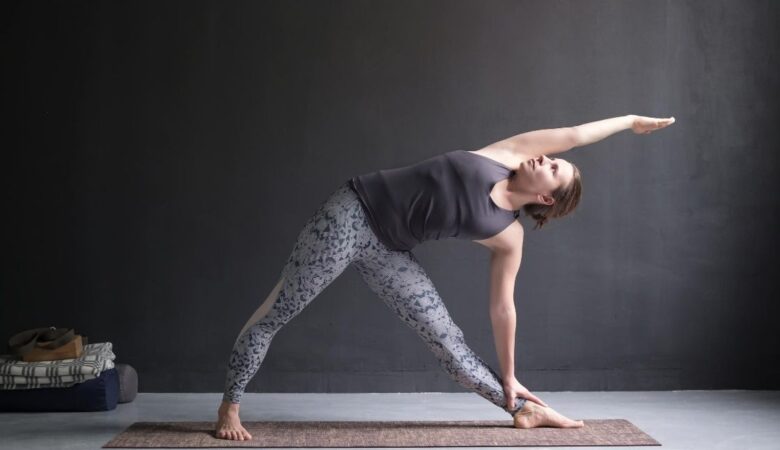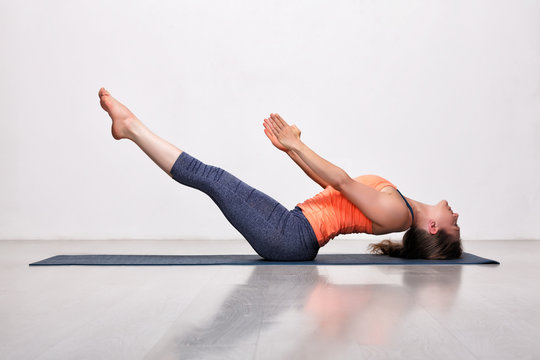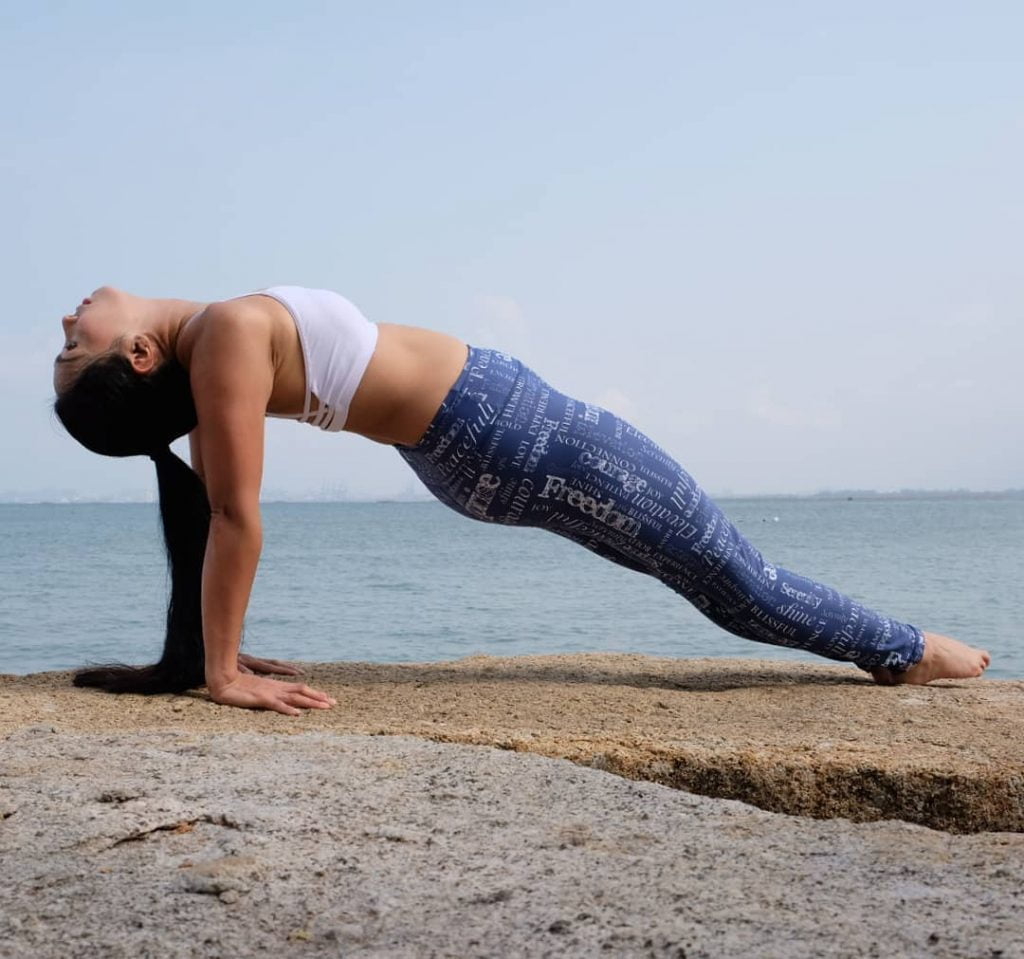
English Name: Upward Plank Pose / Inclined Plank Pose / Reverse Plank Pose
Sanskrit Name: Purvottanasana (पूर्वोतानासन)
Type of Yoga: Vinyasa Flow Yoga
Level of Yoga: Basic
Duration: As per your capability or 30 to 60 seconds
Target Area: Arms, Wrists, Legs
Strengthens: Thorax, Shoulders, Front Ankles
Purvottanasana (Upward Plank Pose) is known for opening the path of inner light at the spiritual level. It raises our heart like the sun and increases the inner light. We set our boundaries and limit ourselves with the practice of this asana on a daily basis.
Purvottanasana (Upward Plank Pose) helps in opening these boundaries and removes fear and suspicion from our mind. This asana helps in strengthening the hands, wrists, and feet. In this article, you will find out the method and benefits of Purvottanasana (Upward Plank Pose).
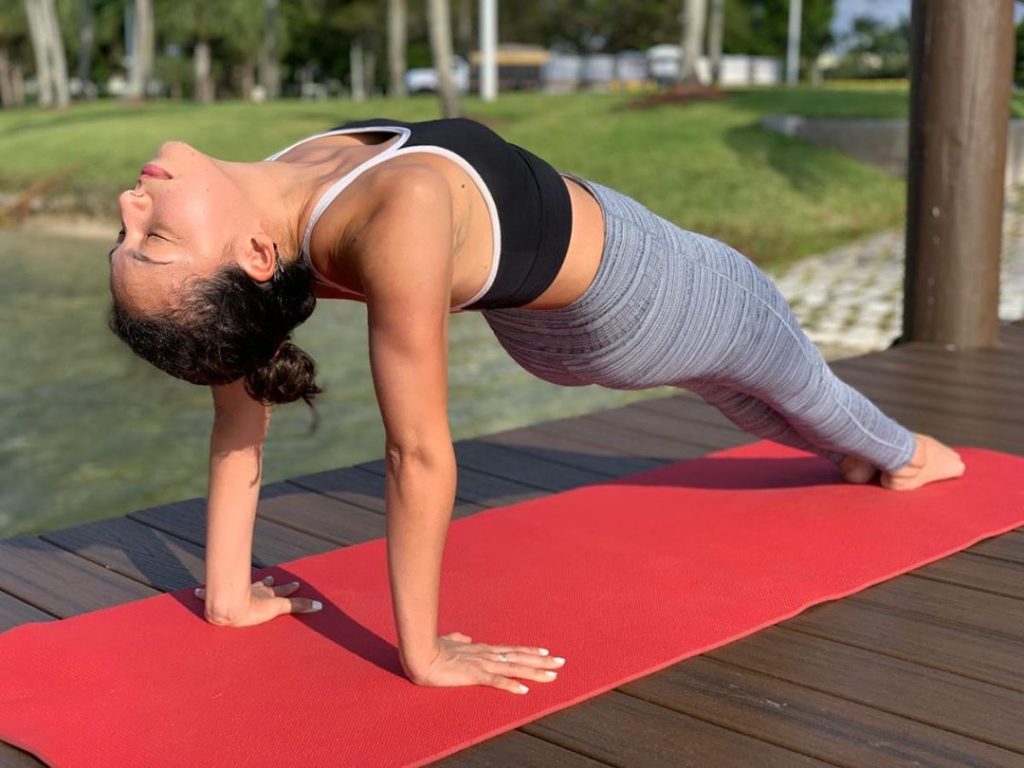
Table of Contents
What Does It Mean By Purvottanasana (Upward Plank Pose)?
The abovementioned name of Purvottanasana is a sharp eastward stretch. These are the words of a Sanskrit language that are made up of three words:
In which the first word is “Purva (पूर्वा)”, which means “East”,
The second word is “Uttara (उत्तरा)”, which means “Sharp Stretch”
And the third word is “Asana (आसन)”, which means “Yoga Pose”“.
This seat is called Upward Plank Pose, Inclined Plank Pose, and Reverse Plank Pose in English. This is usually the direction of budding ability and new beginnings, as the sun “rises in the East and drowns in the West. Let us know in detail the method of doing Purvottanasana (Upward Plank Pose) and its benefits.
Preparatory Poses of Purvottanasana (Upward Plank Pose):
- Utkatasana (उत्कटासन) or Chair Pose
- Virabhadrasana 1 (वीरभद्रासन 1) or Warrior Pose 1
- Virabhadrasana 2 (वीरभद्रासन 2) or Warrior Pose 2
- Dandasana (दंडासन) or Staff Pose
- Dhanurasana (धनुरासन) or Bow Pose
- Paschimottanasana (पश्चिमोत्तानासन) or Seated Forward Bend
- Gomukhasana (गोमुखासन) or Cow Face Pose
- Setu Bandha Sarvangasana (सेतु बंध सर्वांगासन) or Bridge Pose
- Supta Virasana (सुप्त वीरासन ) or Reclined Hero Pose
Method of Doing Purvottanasana (Upward Plank Pose)
- At first, sit in Dandasana or staff Pose
- Trying to prolong the spinal cord while you are pressing the ground with hands, and inhale
- Put the hands away from the hips one foot behind
- Keep in mind that the fingers should be forwarded (see picture).
- Now lift the hips while inhaling
- Try to tie the feet on the ground
- If it’s impossible, then do not worry as with time and practice you will be able to do it easily
- Do not push the body more than its capacity
- When you are upward, raise your head so that you can see the things on your behind
- After bringing the head into this pose, focus your eyes on the nose
- Hold on to this posture and keep your legs straight and attach to the floor
- Take five breaths in total and leave them out so that you can stay in the asana for 30 to 60 seconds
- Gradually, such as strength and flexibility in your body, you can increase the time, but, do not exceed 90 seconds
- After breathing 5 times you can come out of this posture
- To get out of the asana, lift the head while leaving the breath, and then bring the hips back to the ground
- Finish in Dandasana or Staff Pose
Beginner’s Tips:
Never try to do more than your physical capacity in any yoga session
If you can’t go fully into Purvottanasana (Upward Plank Pose), or you have pain in your back or shoulder, then you can take help of someone to support your waist
In case there is no one to help you, then you can take a chair under your waist
If this is too hard for you then keep your hips vaccinated on the ground
Follow-Up Poses of Purvottanasana (Upward Plank Pose)
- Paschimottanasana (पश्चिमोत्तानासन) or Seated Forward Bend, or Intense Dorsal Stretch
- Ardha Baddha Padma Paschimottanasana (अर्ध बद्ध पद्मा पश्चिमोत्तानासन) or Half Bound Lotus Seated Forward Bend
- Adho Mukha Svanasana (अधो मुख श्वानासन) or Downward-Facing Dog Pose
- Trianga Mukhaikapada Paschimottanasana (त्रिअंग मुखेकपद पश्चिमोत्तानासन) or Three-Limbed Forward Bend
- Janu Shirshasana / Janushirasana (जानुशीर्षासन / जानुशिरासन) or Head-to-Knee Forward Bend
Precautions of Purvottanasana (Upward Plank Pose):
Purvottanasana, also known as Upward Plank Pose, contributes to overall bodily health in numerous ways. However, to fully benefit from this pose and execute it correctly, observing certain precautions is crucial. Among the precautions for this posture are:
If you have a neck injury then use a chair for your head
In case you have injuries or any kind of a pain in your wrist, then you do not do this asana
If you have carpal tunnel syndrome and shoulder pain, then you do not do this posture
Be sure to consult a doctor in any medical issues
Benefits of Purvottanasana (Upward Plank Pose):
- Upward Plank Pose is very effective in lessening Thyroid problem
- This asana is beneficial for forerunners as it strengthens hands, wrists, and feet
- Regular practice of Purvottanasana provides relief from respiratory problems
- This asana is also very beneficial for reducing stress
- The practice of Upward Plank Pose stretches chest, shoulders, and ankles and thus strengthens them
- This asana develops strength in the legs and waist
- It strengthens the lower back and the legs.
- The practice of Upward Plank Pose makes space between your hips and our ribcage
- This posture stabilizes our hips and pelvis
- Upward Plank Pose is helpful in reducing stomach fat and stomach bloating
- The practice of this posture is helpful in all gynecological disorders

